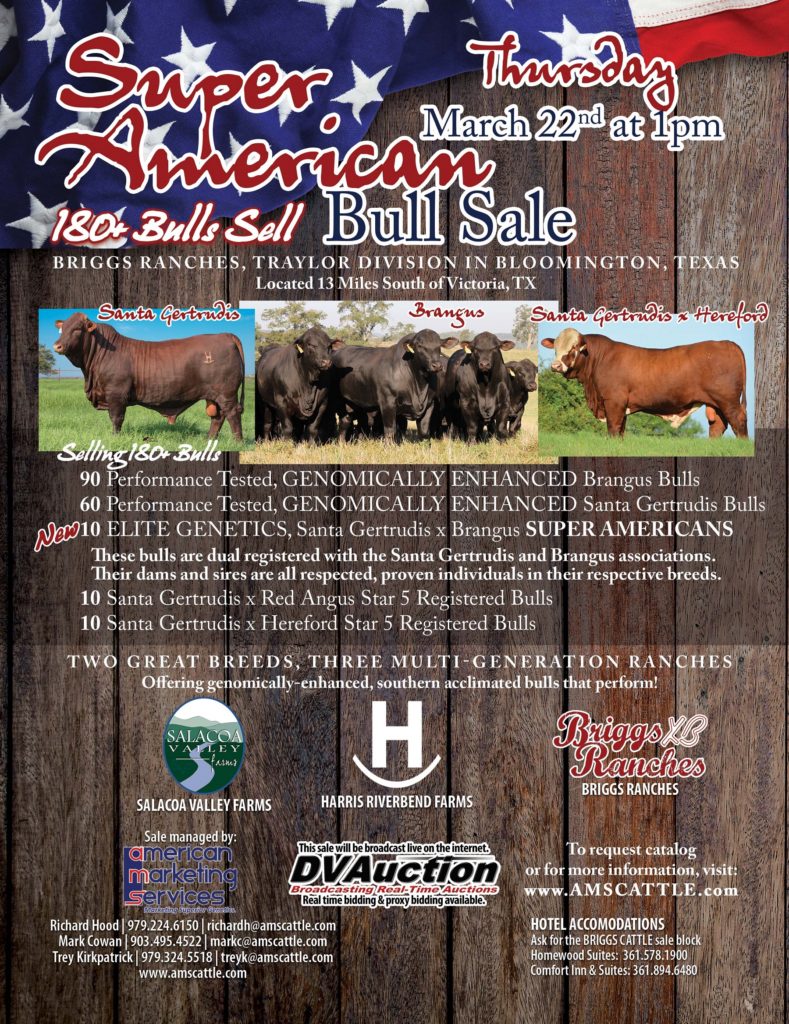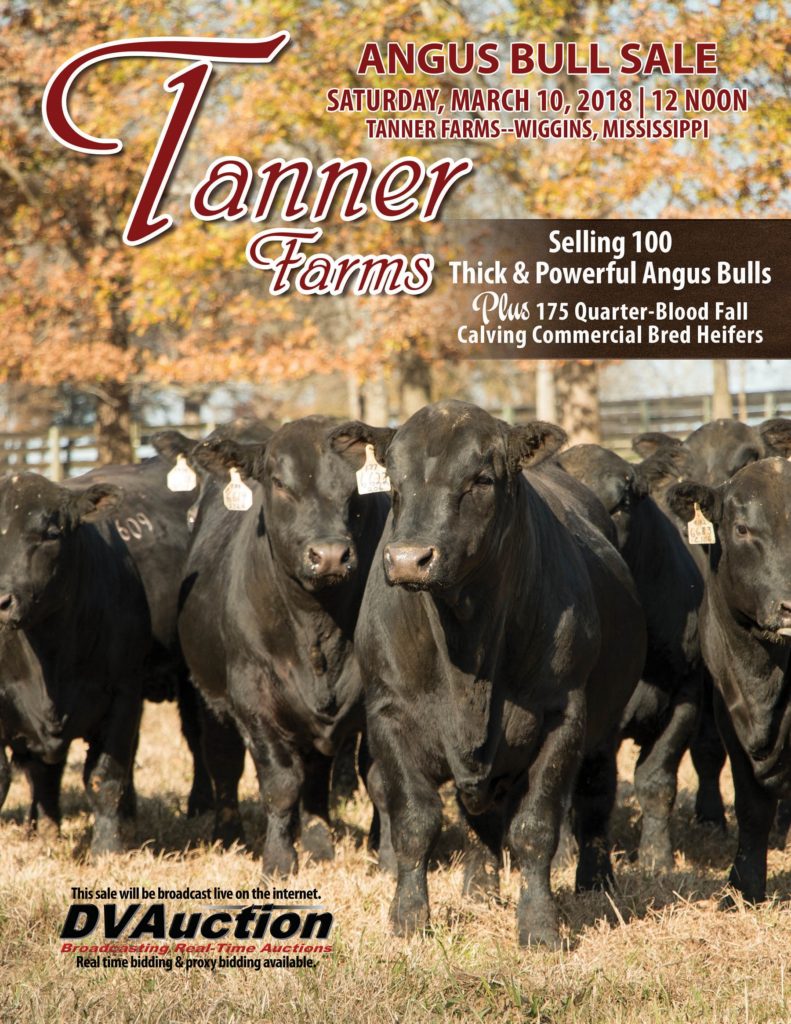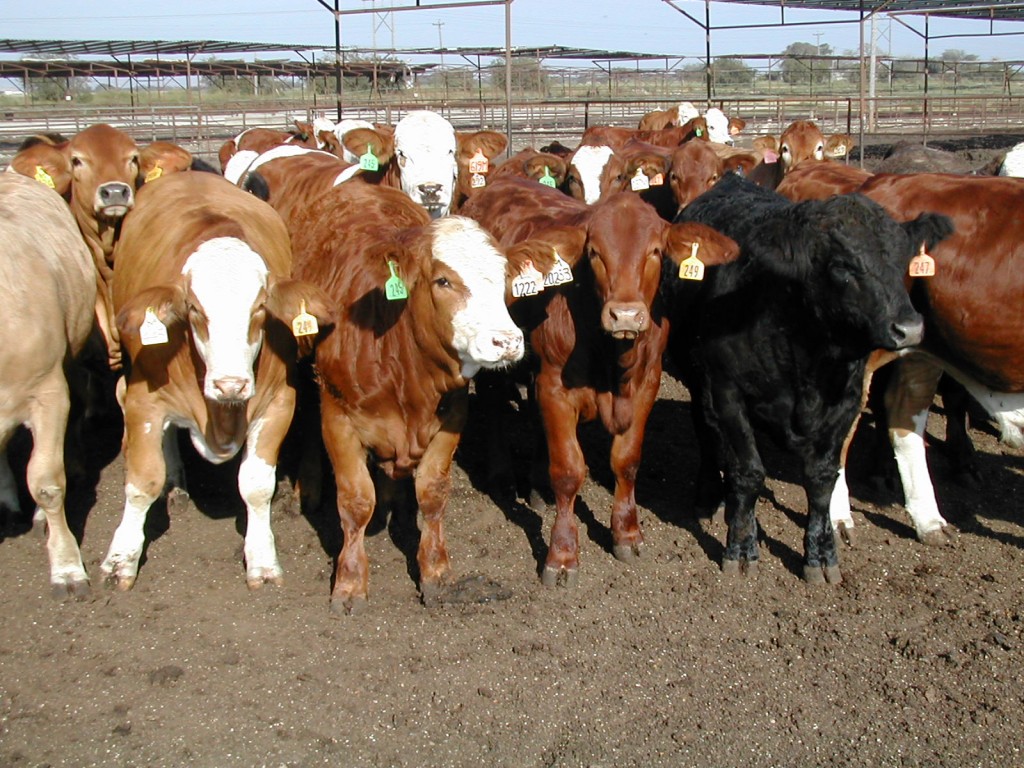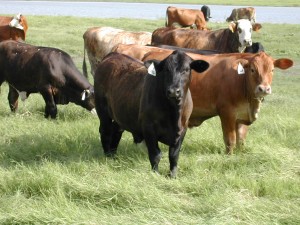Thursday-March 22, 2018-1:00 pm
Briggs Ranches-Bloomington, TX -13 miles south of Victoria, TX
Broadcast LIVE on www.DVAuction.com
180 Bulls Sale
90 Performance Tested, “Genomic Enhanced” Brangus Bulls
60 Performance Tested, “Genomic Enhanced” Santa Gertrudis Bulls
10 Genetically Designed “Super American” 1/2 SG x 1/2 Brangus Bulls
10 Star 5 SG X Hereford Bulls














